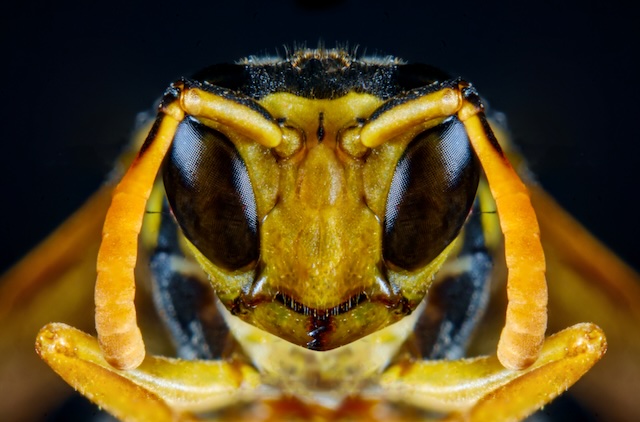It can be scary to come into contact with wasps, especially if you think they might bite or sting you. It’s important to know the basic differences between wasp bites and stings in order to be aware and give good first aid. This guide is meant to help you understand the unique aspects of these interactions and give you the information you need to have a better time with these buzzing bugs.
1. Wasp stings: a way to protect yourself
How they look: Wasps inject poison into their victims with their stingers. After getting stung, the area usually hurts, turns red, and swells up right away.
Composition of Venom: Wasp venom has proteins in it that can cause allergic responses in some people. Reactions range in how bad they are. Mild reactions cause localized pain and swelling, while serious reactions can cause anaphylaxis.
How the Stinger Works: Wasps’ stingers are smooth, which lets them hit many times. The wasp may leave the stinger in the skin after it has stung.
**2. Wasp Bites: A Very Rare Event
Wasps don’t bite like some other insects do, despite how they look. The parts of their mouths are made for drinking, not eating.
Almost Never: Wasps don’t bite as a main way to protect themselves, but they may bite once in a while. This is not the same as stinging, and it’s not how they usually act.
3. Variations in pain and length of time
Level of Pain: Wasp stings hurt more than bites most of the time. When a wasp stings you, the pain is often sharp and strong right away.
In terms of how long the pain lasts, wasp stings can be more painful than bites. The pain and swelling might last for a few hours or a few days.
4. How to Treat Stings and Bites from Wasps
Pain: Stings
Use a rough object to scrape off the stinger if it is there.
Use soap and water to clean the area.
Use a cold cloth to bring down the swelling.
Use over-the-counter pain killers to deal with pain.
What It Is:
Use soap and water to clean the bite.
Use a cold cloth to bring down any swelling.
If you need to, you could take over-the-counter pain killers.
**5. Allergic Reactions: How to Spot Them
Stings: People who are allergic to wasp stings may have trouble breathing, hives, swollen face or throat, and low blood pressure. If any of these signs happen, you should get medical help right away.
Bites: Although it’s not common, some people may also be allergic to wasp bites. Watch for signs of serious responses and get medical help if you need to.
Being aware of the differences between wasp bites and stings gives people the power to act appropriately when these situations arise. Even though stings happen more often and can be more dangerous, knowing that wasps can bite gives you a better idea of how they act in general. Being careful and knowing how to give first aid will make your contact with these buzzing insects safer. If you’re not sure or if you have a severe response, you need to see a doctor right away for your health’s sake.
